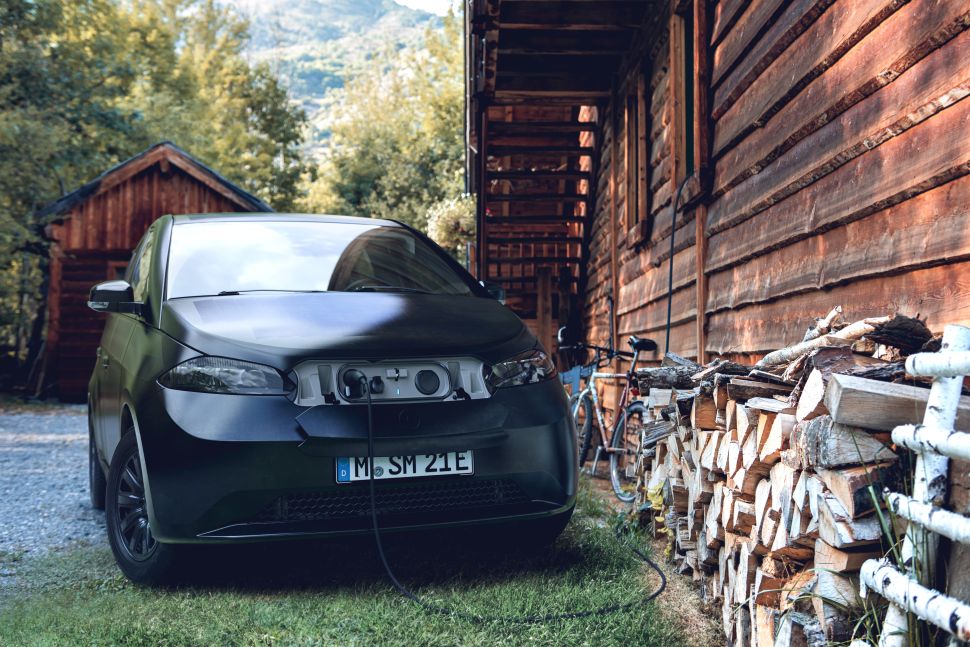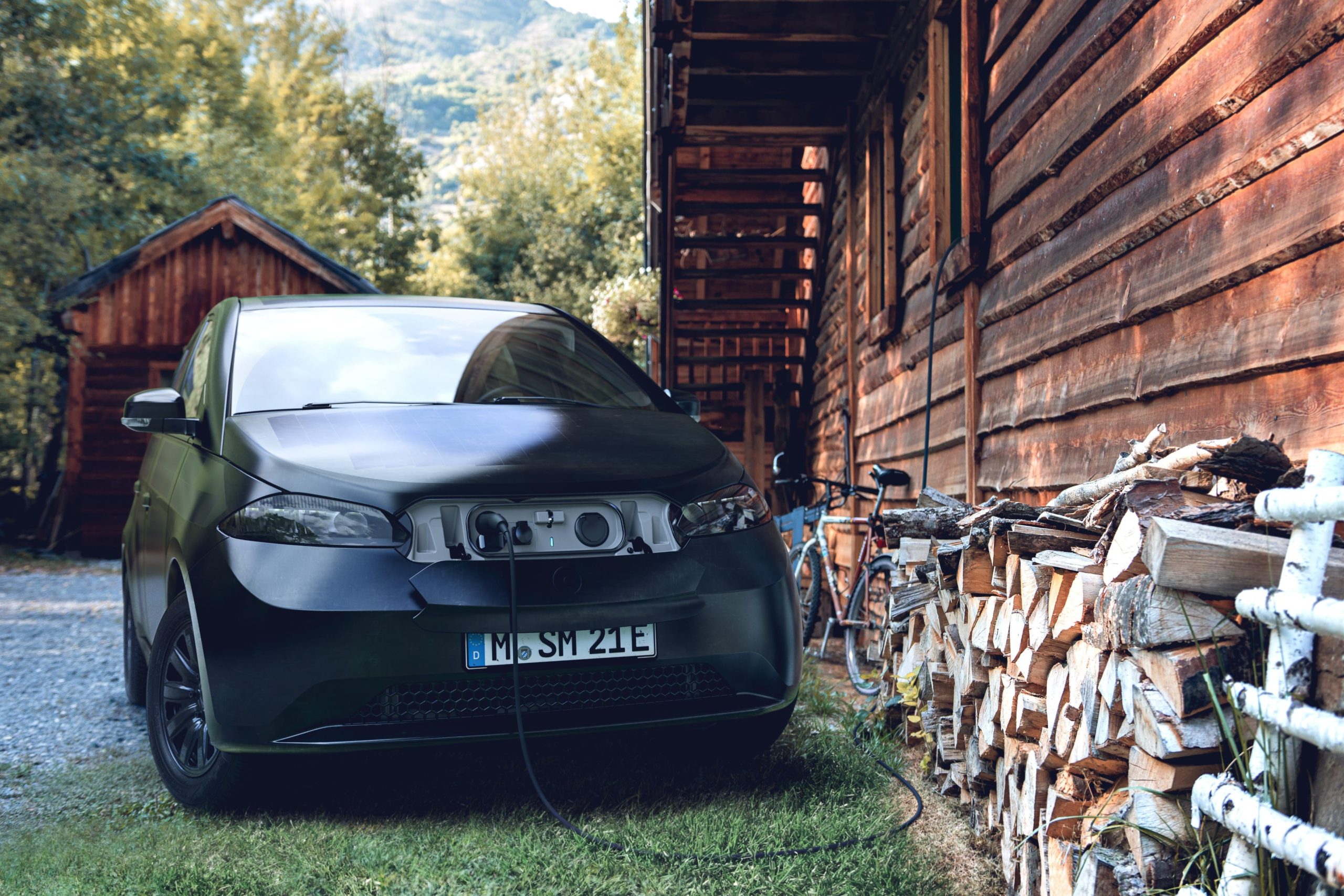
Sono Motors’ Sion is envisioned to begin shipping and delivery in 2023. Sono Motors
As electric powered cars go mainstream, the automobile industry has mainly arrived at the consensus that the upcoming massive thing is no more time about eliminating fuel engines, but locating the most successful approach to make electrical energy to power autos. Some companies, together with Tesla, focus on perfecting the already well-liked lithium-ion batteries other people just take the chance to take a look at new battery tech such as hydrogen fuel cells and good-condition batteries.
But handful of have pursued an alternative strength supply that dominates somewhere else: photo voltaic electric power.
What is stopping EV businesses from making a car wrapped in solar panels that can routinely demand by itself up when it is sunny outside the house and then have plenty of juice to strike the road the following morning? The strategy appears straightforward enough and correctly environmentally pleasant.
In simple fact, there ended up some early attempts at harnessing the sun’s strength for cars. In 1955, a General Motors engineer developed a tiny, 15-inch-extensive photo voltaic motor vehicle, dubbed the Sunmobile, to demonstrate the choices of solar strength. However, they ended up not able to make out the prototype into a totally solar-powered auto thanks to limitations in strength efficiency, storage and (naturally) weather. And because, engineers have appear to the conclusion that no photo voltaic panel can make sufficient electricity to help a car’s regular use while being compact ample to be carried about by a auto.
But Laurin Hahn, the founder and CEO of German startup Sono Motors, thinks that the plan is nevertheless well worth discovering. His method is intuitive: using solar at optimum by wrapping an whole vehicle in photo voltaic cells.
“People will normally say it’s a gimmick. But it is not. Solar brings down fees and would make EV additional very affordable without the need of sacrificing the benefit,†Hahn advised Observer in an interview very last month.
See Also: A File Amount of Electric Motor vehicle Types Are Hitting American Streets in 2021
At this year’s (virtual) Shopper Electronics Exhibit in January, Sono unveiled its newest prototype SEV (photo voltaic electrical car), a passenger vehicle known as Sion. The corporation also showcased a trailer outfitted with Sono’s solar overall body panels to show the technology’s probable to be integrated into other autos.
At to start with glance, Sion doesn’t look considerably distinct than any other black compact car or truck roaming the streets in European towns. But upon closer inspection, it becomes crystal clear that the car’s exterior is designed up of hundreds of solar cells molded into polymer. These photo voltaic cells (which total 248 in all) convert daylight into electrical power, which is then saved in the vehicle’s battery. Based mostly on ordinary temperature in Munich, solar cells on a Sion can make up to 1.2 kilowatts a working day, which interprets into 21 miles of driving vary. That on your own is plenty of for most commuters in Europe, who on typical push 11 miles a working day.
In The united states, persons travel a little bit far more (normal 30 miles a working day), but also possible live in places that have additional sunny times than Munich.
Nonetheless, it is even now not fairly a totally solar-electric power vehicle. Put together with its constructed-in lithium-ion battery, a Sion can final for 155 miles on a one demand at a most speed of 140 km/h (87 mph).
But Sono’s photo voltaic panels are not created to change common charging strategies in any case, Hahn pressured. As a substitute, it’s supposed to be a power complement to reduce a battery car’s reliance on charging infrastructure. In Germany, for instance, wherever commuters generate 10 miles day by day, solar integration in the Sion vehicle extends the need to have to plug in from when a week to at the time a month.
The much larger function is to integrate the know-how into the relaxation of the transportation business. “We have a two-fold intention: to build an affordable mass-current market SEV and to make this technologies obtainable to other battery-run cars, trains, boats, fundamentally any moving factor that consumes electric power,†Hahn described.
“We have large desire from refrigerated vehicles, for case in point,†included Thomas Hausch, Sono’s main functioning officer. “The trailer business has huge pressure to go towards zero-emission. And we have identified a remedy for them that is practical and very affordable.â€
In January, Sono struck a deal to license its solar technological know-how to EasyMile, a French company producing electrical autonomous shuttle buses. Not disclosing names, Hahn said the organization is in talks with various U.S. automakers “that have a great deal of automobiles on the street,†and “they are hugely intrigued.â€

